In the Algarve, there were more than 20 operations and a thousand families that left the tents, without the basic conditions of habitability, for masonry houses, with an architecture designed by the best Portuguese architects, at the time. The strong mark that the Local Ambulatory Support Service (SAAL) left in the region, between 1974 and 1976, is the theme of another book in the “Participated City: Architecture and Democracy” collection, which was presented on October 21, in Look.
One of the most famous SAAL processes was the construction of Bairro da Meia Praia, in Lagos, immortalized by Zeca Afonso in his song “Índios da Meia Praia” and by António Cunha Telles in a documentary of the same name.
Both speak of a SAAL operation, in which the brigade of this state housing construction program created by order in the post-25th of April, joined the population to build houses, in this case, by the sea.
«This is the fourth volume of a collection through which it is intended to develop research and deepen the knowledge that exists in relation to the SAAL project, which has motivated a lot of interest in different circles and which constitutes a reference for different reasons, in the scope of history. architecture and the importance it has for the reflection of how cities have been transforming», he told Sul Informação Miguel Reimão Costa, researcher at the University of Algarve who coordinated this volume of the collection, together with Ana Alves Costa, from the University of Porto.
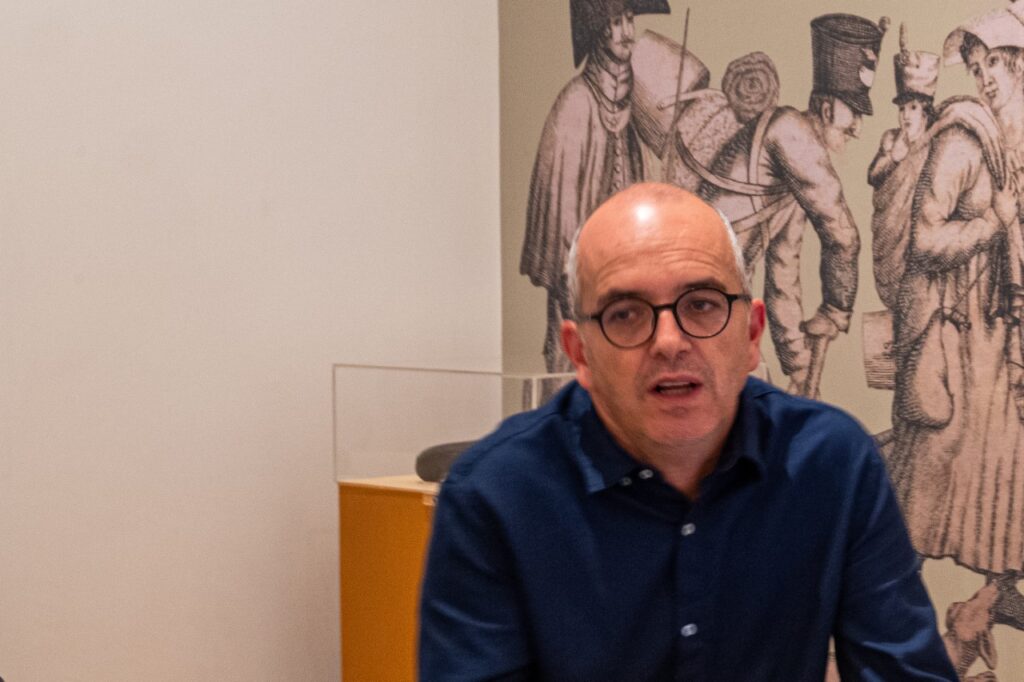
«In this volume, taking advantage of the great knowledge that there is about some neighborhoods, namely Meia Praia, we tried to make a more transversal reading and understand, from the importance of this neighborhood and others, the impact that the process had in the Algarve region», added the investigator.
In addition to the Meia Praia neighborhood, designed by the architect José Veloso, this book focuses on the operations of the Associação Progresso neighborhood in Silves, by the same architect, in the 11 de Março neighborhood in Olhão, by the architect José Lopes da Costa, and the 1º de Maio neighborhood, in Tavira, designed by the architect João Moitinho.
As can be seen, the volume dedicated to the Algarve is not exhaustive, in terms of what was done, since it does not focus on the total number of operations, «more than 20, with more than a thousand homes built, in a very short process» .
The aim was to identify «a set of particular aspects of the program in the region».
The issue of self-construction, «which was fundamental in the Algarve, but which is less present in other regions», is one of them, as well as the typology of the neighborhoods themselves, «which always appeared very close to the center of cities, linked to the right to place, beyond the right to housing”.
After all, the book “Participated City: Architecture and Democracy — Algarve. SAAL Operations”, as the fourth volume of the collection, does not only focus on detailing what the process was like in the Algarve. It also seeks to analyze it in the light of what was a national movement.
«This collection tries to find different contributions to the characterization of this project, whether by the researchers, by the academies, or by the testimonies of those who were its participants – the architects, the technicians, the beneficiaries», describes Miguel Reimão Costa.
On the other hand, the authors of the collection wanted to «put together some texts that were fundamental to the process, at the time, and that are a bit lost».
In this way, the volume dedicated to the Algarve has texts not only by Miguel Reimão Costa and Ana Alves Costa, but also by Alexandre Alves Costa, coordinator of the collection, António da Cunha Telles, José Batista Alves, Vítor Ribeiro and Paulo Varela Gomes, as well as as with testimonies of the participants in the process: José Veloso, José Maria Lopes da Costa, Manuel Dias and João Luís Correia.
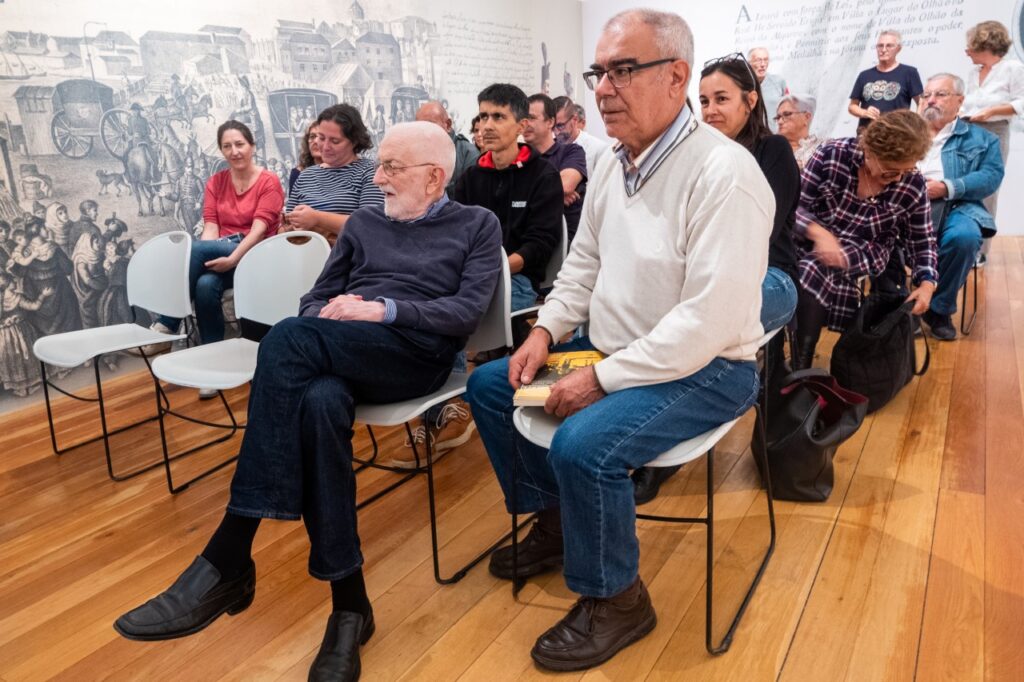
The SAAL was established by joint order of the then Minister of Internal Administration Costa Brás, and the Secretary of State for Housing and Urbanism Nuno Portas, on 31 July 1974.
“Accommodation was a very serious problem in Portugal, in 1974. Shortly after the 25th of April, the shortages must have been around 400 thousand dwellings throughout the country”, he revealed to the Sul Informação Alexandre Alves Costa, on the sidelines of the presentation session in Olhão.
The architect, who coordinates the “Participated City: Architecture and Democracy” collection, was one of the staff of SAAL and one of its workers.
“It was completely different from region to region. Our idea has always been for each region to define its own methodology. There was no ordering that was common to all operations. And that adds enormous richness to the process, because what happened in Porto and what happened in the Algarve has nothing to do with it», he exemplified.
«This difference has always been considered by us as a quality of the project and the process. After all, Portugal has such different realities… », she added.
What Alexandre Alves Costa also does not forget are «the difficulties» he had throughout the process, which will «be portrayed in the different volumes».
«It is enough to tell the story of the attack that took place in Porto on our services and on my car», he recalled.
«The difficulties were enormous and the Municipal Councils themselves always acted as a kind of obstacle, not least because the SAAL appeared, a little, as an alternative to the municipalities. They felt that we were entering territory that was theirs until then, such as approving projects and implementing neighborhoods on free land”, he added.
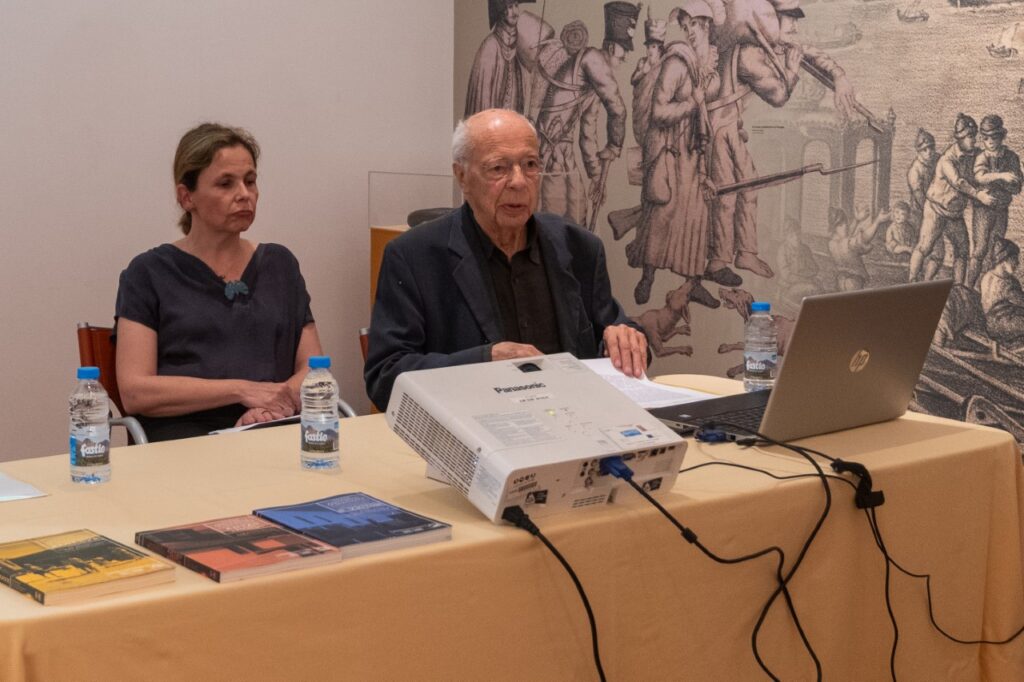
Maybe that's why the program ended up suspended and the service was emptied of powers, about two years after it was created, leaving many operations on the way or postponed, since some (few) ended up advancing later, in other areas.
This editorial project, coordinated by professor Alexandre Alves Costa, resulted from a partnership between the Center for Architecture and Urbanism Studies of the Faculty of Architecture of the University of Porto and the publisher Tinta da China.
The volume dedicated to the Algarve was supported by the Regional Directorate of Culture of the Algarve, the Municipality of Olhão, the Municipality of Silves, the Center for Architecture and Urbanism Studies at FAUP and the Center for Studies in Archaeology, Arts and Sciences of the Heritage, with texts by Alexandre Alves Costa, Ana Alves Costa, António da Cunha Telles, José Batista Alves, Miguel Reimão Costa, Vítor Ribeiro and Paulo Varela Gomes and with testimonies from the participants in the process José Veloso, José Maria Lopes da Costa, Manuel Dias and João Luís Correia.
Photos: Hugo Rodrigues | Sul Informação
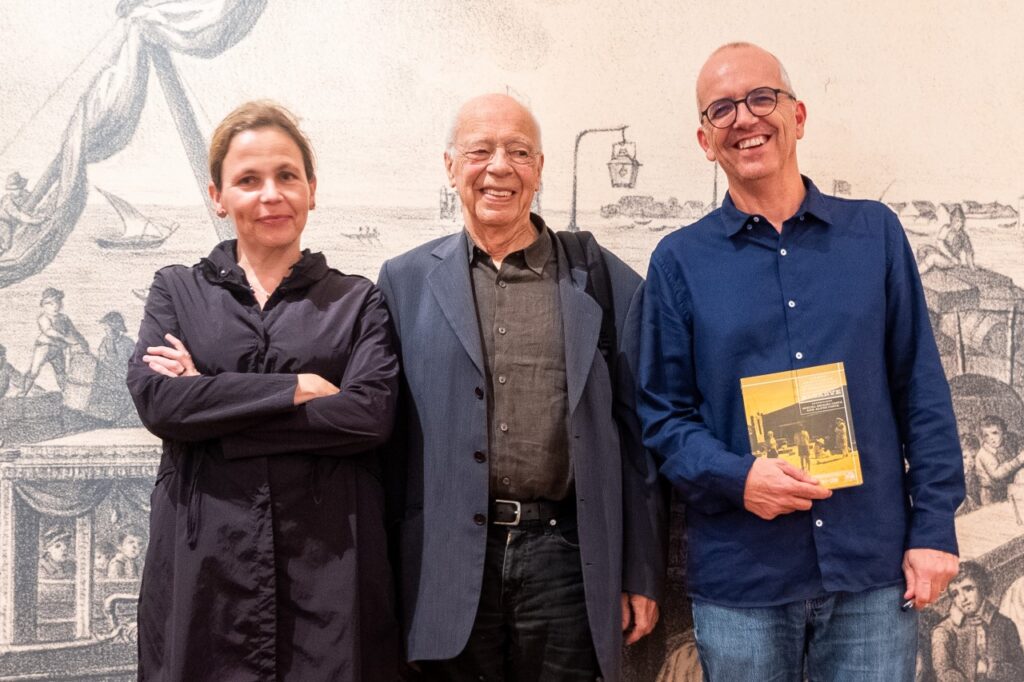
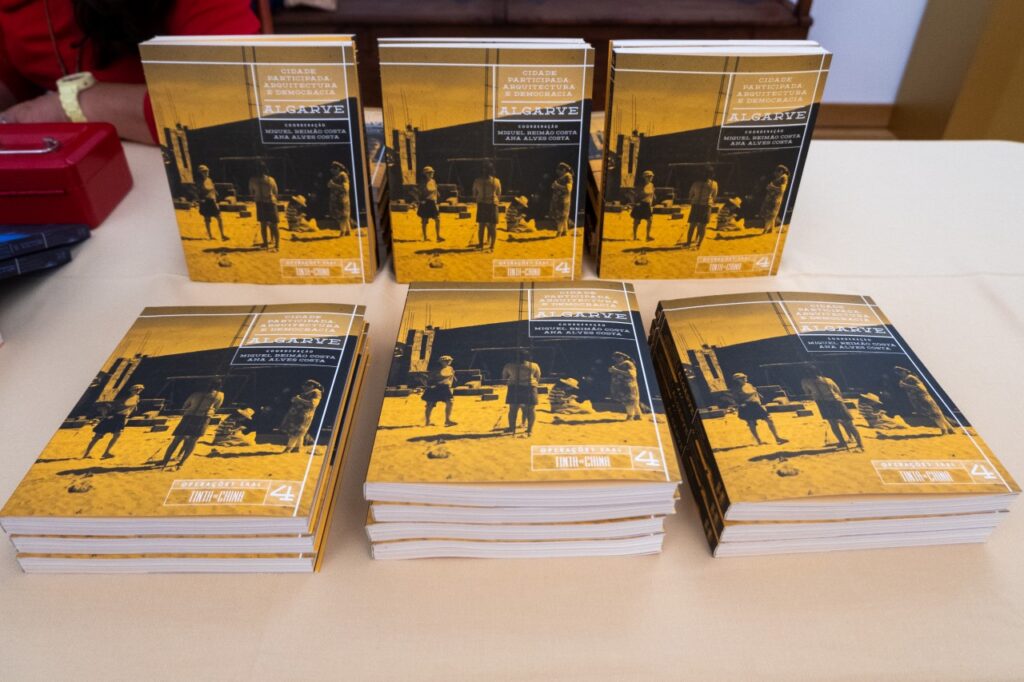
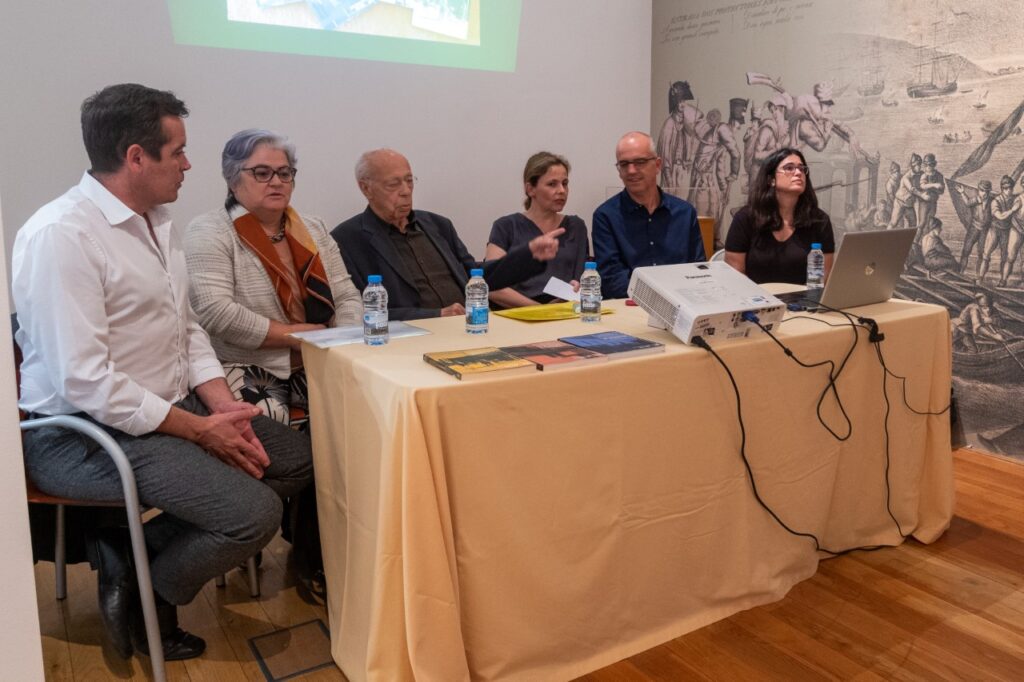
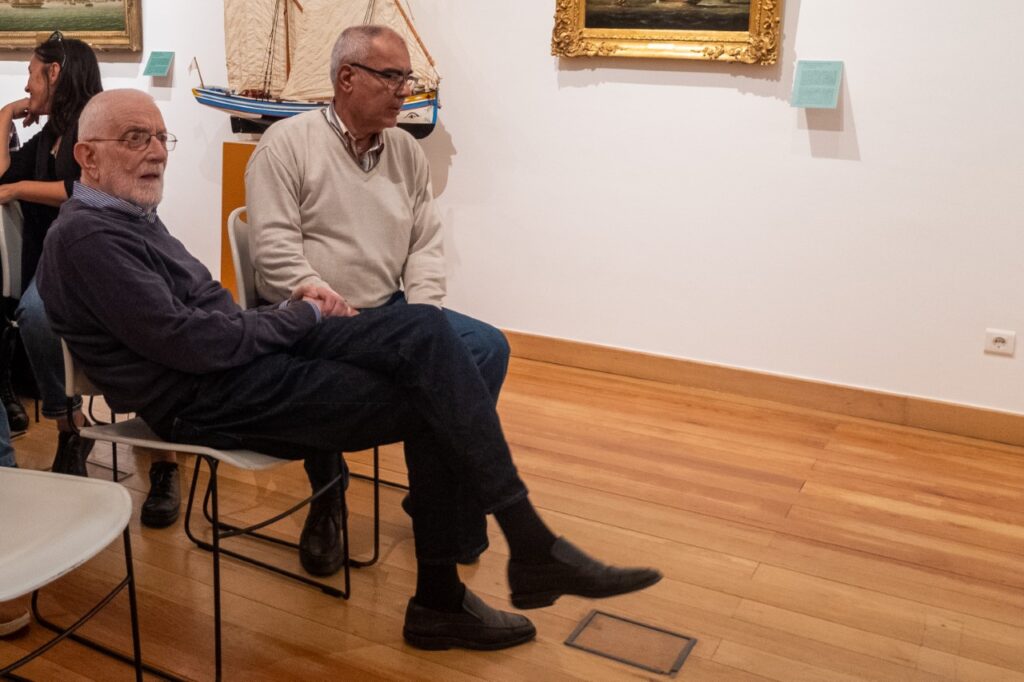
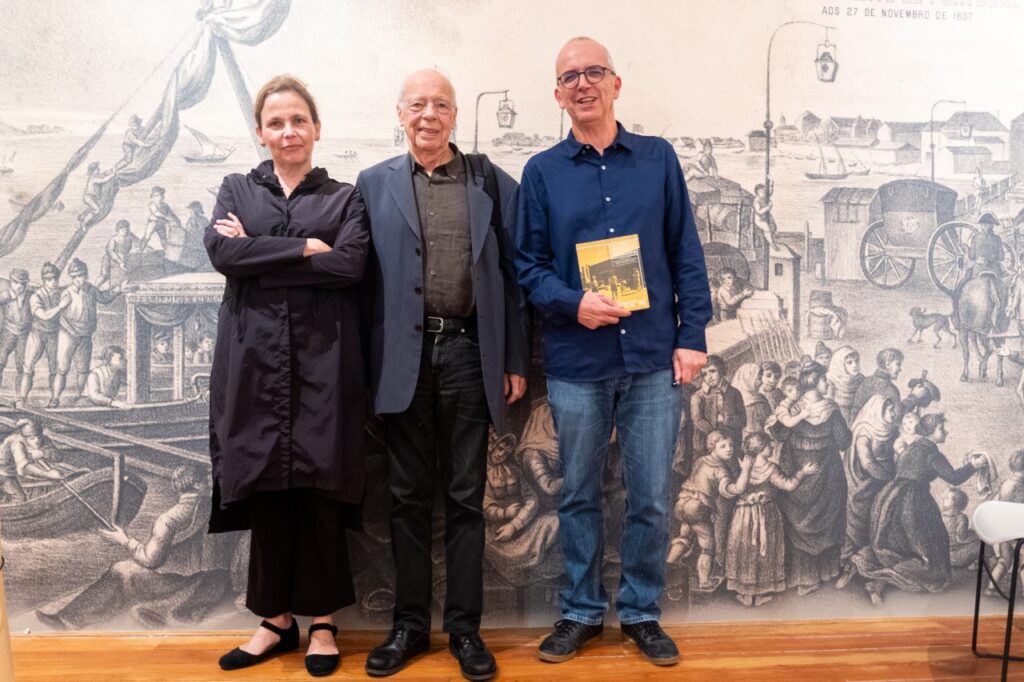



















Comments